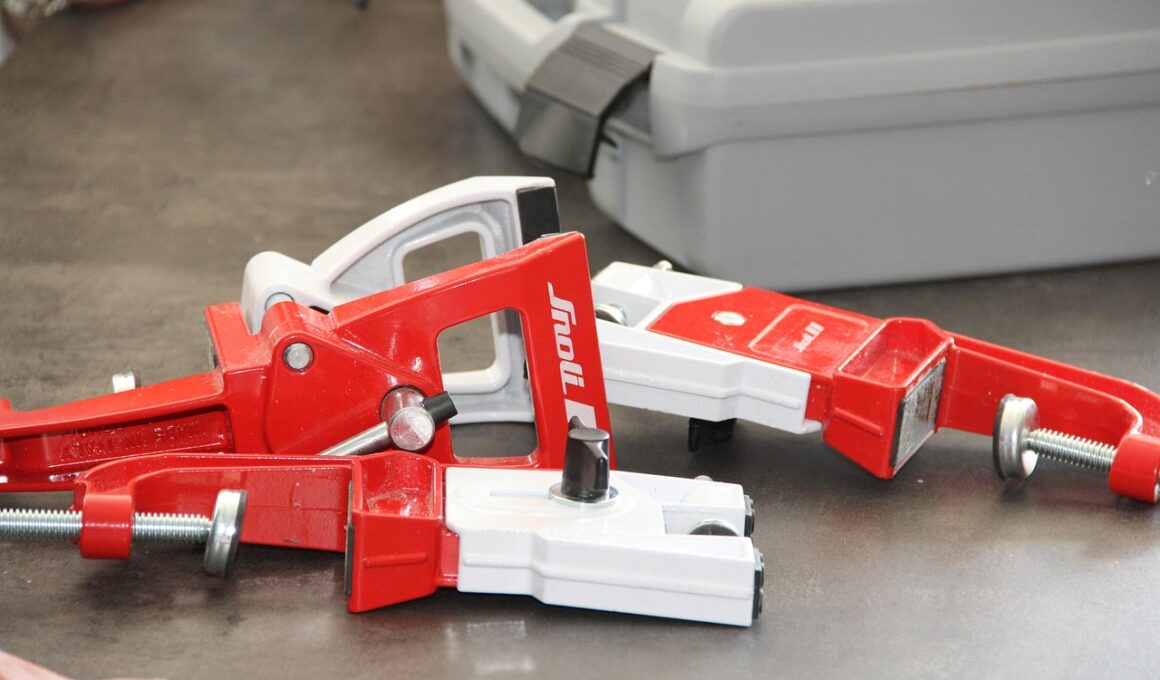The Ultimate Guide to Ski Waxing: Techniques and Tips
Ski waxing plays a vital role in enhancing performance on the slopes. Properly waxed skis glide more efficiently across snow, allowing you to enjoy a smoother ride. There are numerous types of ski waxes available, each designed for different snow conditions such as temperature and humidity. A good foundation for understanding ski waxing comes from knowing your ski type and intended use. For instance, recreational skiers may prefer a universal wax, while racers often choose specialized products to maintain optimal performance. Equipment needed for ski waxing includes a waxing iron, scraper, and brush, which together create a comprehensive waxing setup. Furthermore, knowing how to clean your skis before applying wax is crucial for the best results. Waxing not only protects the base but also fills in minor scratches, extending the life of your equipment. By consistently maintaining your skis through waxing, you will ensure they perform well throughout the season. Lastly, remember to experiment with different wax types to find the perfect match for your skiing style and the conditions you frequently encounter.
Understanding Different Wax Types
Ski wax comes in various formulations, mainly categorized as hydrocarbon, fluoro, and topical products. Hydrocarbon wax is the most common and budget-friendly, ideal for recreational skiers who prioritize affordability. In contrast, fluoro waxes offer enhanced performance in competitive environments, providing superior speed on the snow. Topical waxes, such as rub-on and spray-on, provide convenient options for quick applications during busy ski trips or when you lack tools. When choosing a wax, consider factors like snow type and weather conditions. Cold temperatures require harder waxes, while warmer conditions benefit from softer options. Applying multiple layers of different wax types can yield excellent results, adapting to varying conditions you might encounter during your ski trips. Remember that manufacturers often provide recommendations for optimal use, further guiding your choices. Moreover, the melting point of the wax plays a significant role, impacting the overall application process and performance. Therefore, it is wise to keep an assortment of wax types on hand to customize your skiing experience effectively throughout the winter season.
Prepping Your Skis for Waxing
Preparing your skis for waxing is an essential step in ensuring optimal performance. Start by thoroughly cleaning the ski bases to remove any dirt, old wax, or debris. A clean base is essential for even wax application, ensuring the new wax adheres properly. Use a base cleaner and a soft cloth to achieve the best results. If your skis have significant dirt buildup, consider using a brass brush for more aggressive cleaning before finishing with nylon or synthetic brushes. Once your skis are clean, check for any base damage such as scratches or gouges. If found, repair those areas with p-tex or repair kits before applying wax. This step is crucial, as it prevents moisture from entering the ski core and prolongs the life of the skis. Afterward, use a waxing iron set to the appropriate temperature for the chosen wax. Ensure the iron is not too hot, as this can burn the base or damage the wax. Maintaining a consistent heat throughout the process will guarantee a smooth sail over the snow.
Application techniques for ski wax can significantly affect performance outcomes. To apply wax, drip small drops along the length of the ski base using the heated iron. The wax should melt immediately upon contact, forming a thin layer. This technique allows for even distribution of wax across the entire base area. Be cautious not to apply too much wax, as this can result in over-waxing, which may create drag when skiing. Carefully move the iron in a consistent motion along the base to uniformly spread the wax. Allow the wax to cool after application for around 30 minutes. Once cooled, scrape the excess wax from the base using a plastic scraper, moving from tip to tail, creating an even surface finish. Following the scraping, brushing with a nylon or horsehair brush will help remove any remaining flaky wax and polish the base. This step enhances the glide, improving overall performance on the snow. Finally, make it a habit to regularly inspect your skis, which is essential for maintaining their performance and ensuring a great skiing experience.
Post-Waxing Care and Maintenance
Taking care of your skis post-wax is just as important as the waxing process itself. After waxing and brushing, store your skis properly to maintain the wax’s effectiveness. Avoid prolonged exposure to direct sunlight and ensure they are stored at a consistent temperature, ideally in a cool dry place. Additionally, it’s a good idea to keep a protective layer of wax on the skis when not in use, as this will protect the base from drying out or accumulating dust. Before hitting the slopes again, try to refresh the wax if you’re skiing in significantly different conditions than the last outing. Regularly inspecting the ski bases during use can help identify issues before they escalate, like core shots or other damage needing repair. If you noticed any deterioration during your ski day, schedule a maintenance check to keep your equipment in perfect condition. Seasonally, take the opportunity to take your skis for professional servicing, ensuring they get the in-depth care that they may need beyond regular waxing and minor repairs for optimal performance.
Ski waxing frequency often depends on your skiing style and frequency of use. Typically, recreational skiers should wax their skis every 5 to 7 days on the snow, while racers often wax after every outing for peak performance. Factors such as snow conditions, temperature, and base material also influence how often you should wax your skis. For instance, warmer and wetter snow generally leads to more frequent waxing due to the wax getting absorbed more quickly. Additionally, using a softer wax can melt faster, which directly impacts the longevity of your ski performance. Regularly observing how your skis behave on the snow can help develop a strategic waxing schedule tailored to your particular skiing habits. When in doubt, it’s better to wax more often than not, as this often translates to better glide and control during your runs. Lastly, consider the terrain when planning your wax schedule, as more aggressive carving and off-piste skiing may demand more upkeep due to increased base wear.
Choosing the Right Waxing Tools
Selecting the appropriate tools for ski waxing is crucial to achieving the best results for your skis. You’ll need a waxing iron specifically designed for this purpose, as they provide consistent heat and a flat surface ideal for melting wax. Avoid using regular household irons, which can produce uneven heat and potentially damage your ski bases. Additionally, invest in a good-quality plastic scraper to remove excess wax and smooth the base. Brushes are also vital for finishing touches, with nylon or horsehair brushes being ideal for removing residual wax and polishing the base for enhanced glide. You might want to include specific tools tailored to your waxing routine, including a waxing bench to stabilize your equipment securely during the process. Finally, for additional customization, consider keeping a few varieties of brushes and scrapers on hand, as different conditions and wax types might require different maintenance approaches. By carefully selecting these tools, you will create an efficient waxing setup that meets your skiing demands while ensuring your equipment remains in optimal shape.
In conclusion, ski waxing is an essential part of maintaining your equipment and enhancing overall performance on the slopes. A well-executed waxing routine not only improves glide but also extends the life of your skis. By understanding various wax types, application methods, and post-waxing care, skiers can ensure they achieve the optimal experience every time they hit the mountain. Regular maintenance, including cleaning and inspecting your skis, is necessary to keep everything functioning smoothly. It’s critical to adapt your waxing strategy based on frequency of use, skiing style, and environmental conditions. In addition, choose the right tools for waxing, as these can make the entire process easier and more effective. Remember that no two ski trips are alike, and being prepared to adjust your maintenance routine to suit new conditions will keep your skis in top shape. As you continue to develop and refine your ski waxing skills, you’ll be rewarded with a better skiing experience overall. So grab your wax and tools, and get ready to optimize your time on the slopes.


